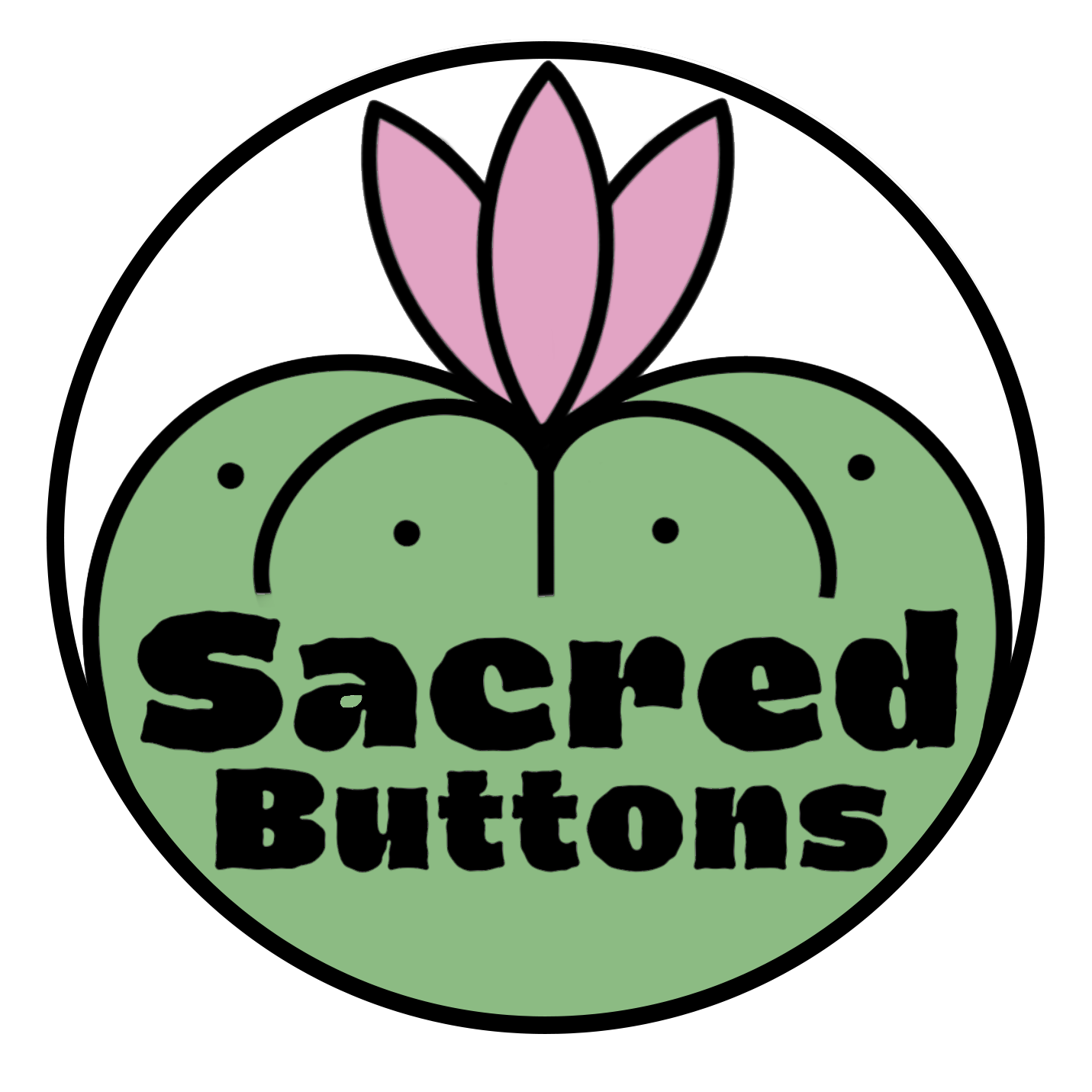Today, we're delving into the rich cultural heritage of the Wixáritari, an indigenous group from Mexico known for their deep spiritual connection to the sacred peyote cactus. As passionate advocates for these cacti, we believe it's essential to honor and understand the traditions of those who have stewarded them for generations.
Who Are the Wixáritari?
The Wixáritari are an indigenous community that live in the Sierra Madre Occidental range in Mexico. They have a rich and vibrant culture that includes a profound respect for nature and the cosmos. They are thought to be the first tribe to use peyote in their spiritual practices. Archeological evidence suggests their use of peyote dates back at least 5000 years. To this day it plays a role in their religious rituals as well as their daily lives.

Peyote Ceremonies
For the Wixáritari, peyote (which they refer to as Hikuri) is a divine teacher and sacred medicine which is ingested during religious ceremonies. These rituals are not casual gatherings but carefully structured events led by spiritual guides known as mara’akame (shamans).
The ceremonies often take place in sacred outdoor nature spaces and may last throughout the night. Participants consume peyote in the form of small dried “buttons. The effects are believed to open pathways to the divine, allowing individuals to communicate directly with the gods and ancestral spirits.
Throughout the night, members engage in dancing, drumming, and chanting sacred songs passed down through generations. Offerings such as candles, feathers, corn, and sacred arrows are often made to the gods, reinforcing gratitude and reciprocity.
The purpose of these ceremonies goes beyond individual experience. They serve to heal the sick, restore balance, and strengthen the bonds between community members.
The Sacred Blue Deer
The Wixáritari tell how their ancestors once followed the sacred Blue Deer, Kauyumari, on a long pilgrimage into the desert of Wirikuta. The deer led them across mountains and valleys until they reached the heart of the desert, the place where the spirit world and the human world meet. There, the Blue Deer revealed its divine secret, transforming into Hikuri (peyote), or in some versions, leaving peyote in its footprints as it danced across the sands.
From that moment, peyote became a sacred medicine and guide, carrying the wisdom of the Blue Deer and connecting the people with their gods. Each year, this story is re-lived in pilgrimage and ceremony, reminding the Wixáritari of their sacred bond with the deer, the cactus, and the land.
Pilgrimage to Wirikuta
One of the most important spiritual practices of the Wixáritari is the annual pilgrimage to Wirikuta, a desert area in San Luis Potosí, Mexico. Wirikuta is considered the birthplace of the sun and a sacred land where peyote grows abundantly. During this pilgrimage, the Wixáritari collect peyote in a ritualistic manner, ensuring that the plants are harvested sustainably and respectfully.

Wixáritari Artwork
Wixáritari art is more than just visually stunning, it is deeply symbolic and often used as a medium to convey spiritual messages and cultural stories. Often depicted in the artwork are sacred objects and animals such as the sun, deer, eagles, snakes, corn, peyote, and shamans or spiritual healers that symbolize wisdom and spiritual guidance. They are known for several forms of art including:
-
Yarn Paintings (Nierikas): Yarn paintings are one of their most well-known forms of art. Artists press brightly colored yarn onto a board covered with beeswax and resin, creating intricate designs and patterns. These paintings often depict visions experienced during peyote ceremonies or important cultural myths.
-
Beadwork: Their beadwork is renowned for its precision and vibrant colors. Tiny glass beads are meticulously applied to objects such as masks, bowls, and jewelry, often using beeswax as an adhesive. The patterns and symbols used in beadwork are highly detailed and hold deep spiritual meanings.
-
Embroidered Clothing: Traditional clothing, such as tunics, skirts, and bags, are adorned with detailed embroidery. The designs often include symbolic representations of their cosmology and spiritual beliefs.
-
Wood Carvings: Another form of art involves carving intricate designs into wood, often depicting animals or spiritual symbols. These carvings are sometimes painted to enhance their visual appeal.

Challenges They Face
Despite their rich cultural heritage, the Wixáritari face numerous challenges. Modernization, land encroachment, and illegal harvesting of peyote threaten their traditional ways of life.
Understanding and raising awareness about the Wixáritari and their traditions is the first step towards preserving their culture. Purchasing their art and crafts not only helps preserve their heritage but also provides them with a source of income. You may also consider contributing to organizations that support them and their efforts to protect their land and traditions.
Preservation of the peyote cactus is also essential. If you are purchasing peyote cacti, make sure to do so from companies like Sacred Buttons, who ethically source and sustainably grow them.


1 comment
Is there a website or an address
In which I could possibly purchase some Wixáritari artwork?